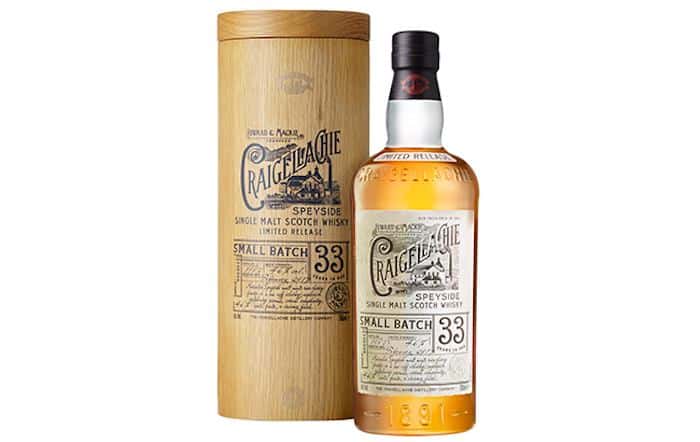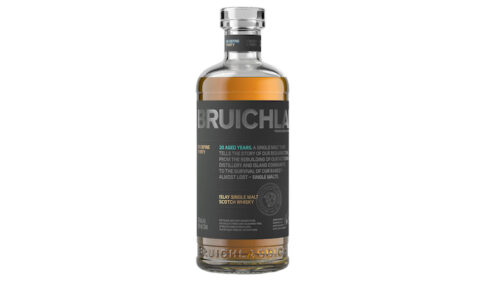Lots of brands go to great lengths to convince you that you—and everybody you know—are going to love their whisky. By bringing it to a party or serving it to your groomsmen, you’ll become an instant hero, a kind of spiritual pied piper, the bearer of an irresistible elixir that will enchant and enthrall anybody who tastes it.
Perhaps the prevalence of the crowd-pleaser marketing message stems from the fact that many whiskies are not, in fact, crowd pleasers. Some are funky, some are pungent, some taste like a campfire, and some are just plain bizarre, an acquired taste even for people who routinely enjoy cask-strength spirits or bitter amari.
Yet every fan of feel-good sports films knows the outcast can inspire a special kind of love. For every vocal critic of suphured whiskies or intense Islay peat, there’s a drinker who secretly savors a meaty, low-tide-scented dram. Ready to lavish a little love on the hard-to-love? Here’s our favorite rag-tag team of misfits.
Craigellachie
This Speyside distillery is famous for producing a particularly rich and meaty whisky, the result of a distilling process that goes out of its way to retain sulphur compounds in the spirit. The spirit has long been prized by blenders for its ability to add body and density to a blend, but was only recently made available as a single malt in the United States—accompanied, boldly, by marketing copy underscoring that Craigellachie is “anything but smooth.”
Laphroaig
Famously peaty Laphroaig has long been a magnet for strong opinions. The flagship expression, Laphroaig 10-year-old, is relatively young by Scotch whisky standards, and primarily aged in ex-bourbon casks. That gives the spirit plenty of room to express its pungent, smoky, salty, and medicinal character. Recently, Laphroaig has embraced its love-it-or-leave-it reputation with the occasionally amusing Opinions Welcome campaign, which invites consumers to say how they really feel.
Mortlach
With a name that sounds like the villain from a fantasy novel—perhaps one that makes its entrance presaged by a puff of sulphurous brimstone—Mortlach doesn’t pretend to be anything that it isn’t. Like Craigellachie, the Mortlach distillery uses a sulfur-promoting worm tub condenser and a reduced copper environment, and it employs a “Byzantine” distillation system that produces a whisky distilled precisely 2.81 times. (If that’s a head scratcher, check this story out). Mortlach also ages its whisky in sherry casks, adding yet another layer of savory, funky flavor.
Kilchoman
Founded in 2005, Kilchoman might be brand-new in whisky years, but it’s sticking with an old-fashioned way of doing things. This tiny Islay distillery regularly floor malts its own barley, and uses peat smoke to give it a beachy, earthy, very smoky flavor. Kilchoman’s young age and light hand with the oak can challenge drinkers looking for sweetness and spice, but recent releases have offered an amazing combination of fresh citrus and industrial maritime smoke that reminds me of eating an orange on the deck of a pirate ship.
Clynelish
From the Northern Highlands, Clynelish distillery is polarizing for two reasons. First, its whisky has pronounced waxy and floral flavors, leading some to claim it tastes unpleasantly soapy (of course, many others maintain those qualities are exactly what makes it special). Second, the distillery’s founder, the Duke of Sutherland, is still reviled today as one of the worst perpetrators of mass property theft during the Highland Clearances of the 18th century.









